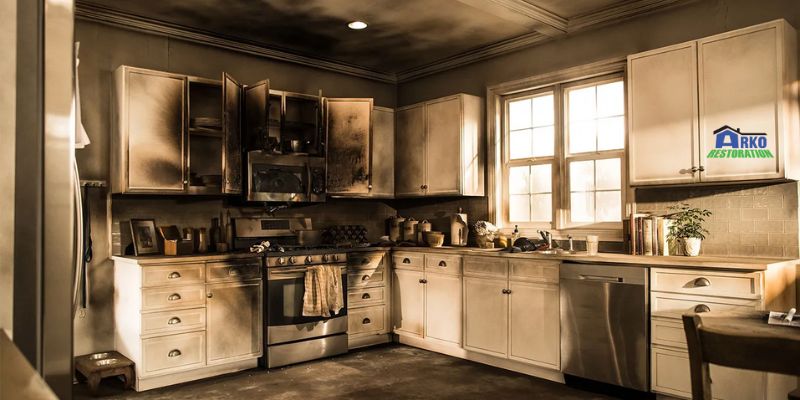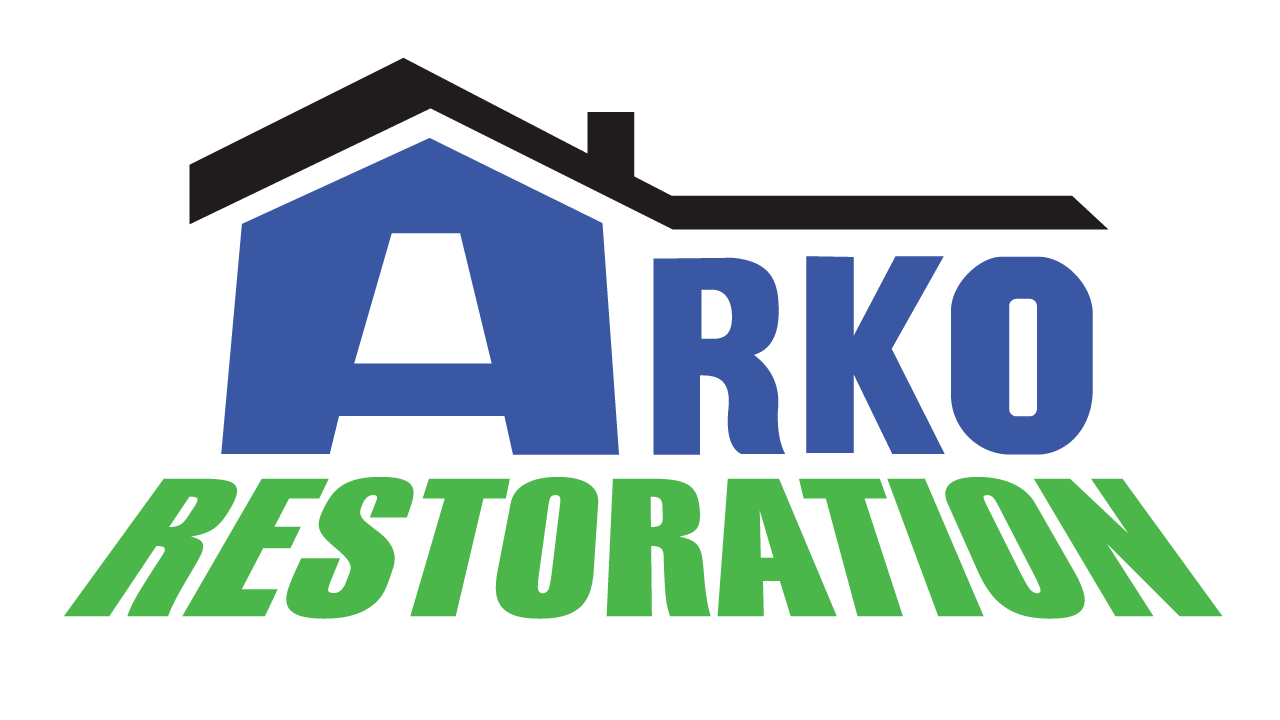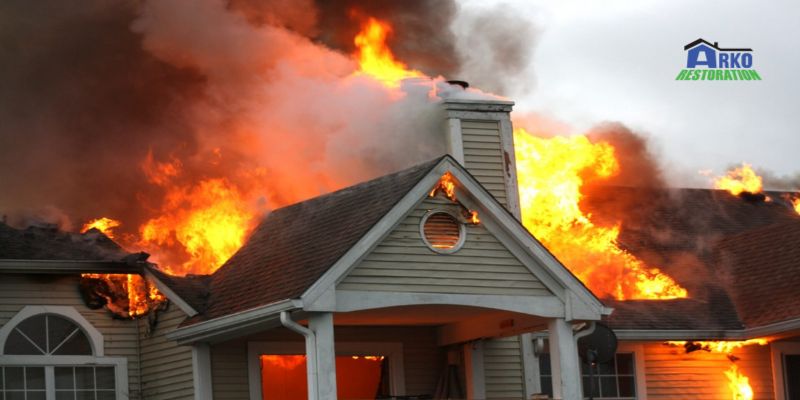Fire damage can be devastating. It can leave you with emotional distress as well as physical damage. After the fire, you will have to deal with additional smoke damage which can make the recovery process more complicated. However, with the guidance of experts, it is possible to restore your home and property to its pre-fire state.

Expert Strategies For Successful Fire Damage Recovery
It is recommended that you avoid the DIY approach of fire damage recovery because of how complicated it can be. For the recovery process to be successful, here are some expert strategies that can help you.
1. Assessing The Damage
To help you in your fire damage recovery process, the first thing that should be done is to assess the impact of the fire. You should also assess the level of smoke damage caused as a result of the fire. This process will help you through the cleanup and recovery process. Hiring a professional is the best option for this need.
This phase involves a thorough assessment of property damage that includes evaluating the structural damage caused by flames, smoke and/or heat. It is crucial to analyze potential health hazards that may arise from the release of hazardous substances into the air during the fire.
Additionally, evaluating smoke damage is essential to identify items that can be salvaged. Taking note of this information is necessary so that you can plan on how to successfully go about your recovery process.
2. Contact Your Insurance Provider
As part of your fire damage recovery process, you should contact your insurance provider as soon as possible. You can make a huge difference in effectively handling the situation if you quickly contact your insurance provider.
Note that your insurance policy may offer financial assistance to cover a portion or even all of the expenses related to necessary repairs. By reporting the incident quickly, you can begin the claims process and start the recovery work sooner.
3. Hire Experienced Professionals
Professionals who are certified in the fire damage recovery process should be the ones you reach out to after smoke and soot damage. They have high-tech cleaning products and advanced techniques to use during the recovery process while ensuring the safety of all involved. Their goal is to restore surfaces and contents to their original condition. This is through the use of their knowledge and tools to remove soot, smoke residue and other contaminants. By hiring certified professionals, you can expect a fast and secure recovery process.
4. Addressing Water Damage
There are many instances of water damage to structures even though the initial issue is fire and smoke damage. This is often a result of the efforts of firefighters trying to put out the fire. They typically use large amounts of water which can cause further damage.
Before the recovery process is done, this damage must be addressed. Most times, experts include drying the property and mold remediation in the process of water damage repairs. Also, affected materials are removed from the area to prevent further damage.
5. Ensuring Safety
Safety is key in the recovery process after fire damage. Follow a structured approach and take adequate precautions before starting– ensure that you have the necessary safety equipment, such as masks, eye protection and rubber gloves. Additionally, ensure that you know how to use the materials you will be handling to avoid any unforeseen incidents. Before you start, inspect and unplug both the power and water supply. Check for any debris or equipment that could pose a hazard. Also, get rid of all flammable items to ensure that nobody gets injured during the recovery process. If you feel uncomfortable doing all this, leave the job to professionals.
6. Remove Smoke & Soot
Removing both smoke and soot is essential in the recovery process following fire and smoke damage. Due to the complexity of the task, you should seek professional assistance. Smoke odor removal services are trained to remove lingering smells left in the aftermath of fires. They use special techniques of thermal fogging or ozone treatments to neutralize these odors.
Additionally, soot cleanup experts have the necessary equipment and expertise to clean surfaces without causing further damage. You should look into odor remediation services after addressing any remaining soot or smoke contaminants. This is to ensure that the odor is completely treated.
7. Keep The Space Well-Ventilated
Residue fumes and smoke can remain after the fire has been put out by firefighters. These residues can be a threat to your home, so you must address them by ensuring proper ventilation. By opening doors and windows, you ensure that there is proper air circulation throughout the affected area.
Additionally, avoid running the air conditioning system while cleaning the house. This is to prevent the circulation of contaminated air through the ductwork and across the entire property.
Understanding The Long-Term Aftercare For Fire Damage
Take a comprehensive approach when recovering from fire damage. Below are some aftercare solutions you should have in mind…
- Fireproofing: You can avoid future fire issues when you take the step of fireproofing your home. For this, you can consider sealing gaps, installing fire doors and using fire-resistant materials.
- Air purification: Just as with the recovery process, you may install air purifiers in the affected space. This will help to get rid of lingering odors from fire damage by trapping and neutralizing particles of smoke.
- Smoke detectors: To detect fire or smoke issues early, you can install smoke detectors in your home. This way, you can act on time whenever there is an alarm to prevent the issue from getting worse.
- Fire safety practices: Always follow fire safety protocols, including routine inspections of electrical wiring for signs of damage, ensuring the safe storage of combustible materials and being cautious when using open flames indoors.
Summary:
The aftermath of fire damage does not have to result in total loss even if it can be distressing, especially if you follow expert strategies in the recovery process. Nevertheless, ensure that you evaluate the extent of the damage, take immediate steps to prevent further damage and start the process of cleaning and restoring the affected areas quickly after a fire occurs.

